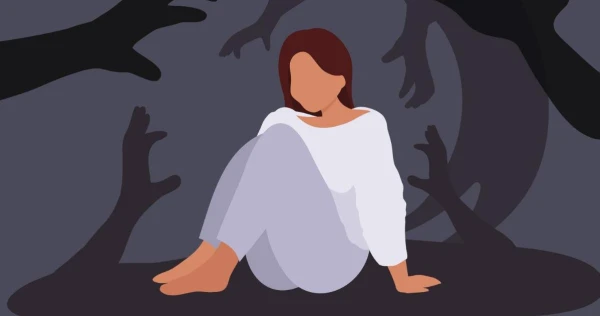
Everyone is afraid of something, and that’s normal. But fear and phobia are not the same. A phobia is a constant feeling of anxiety that does not always lend itself to logical explanation. Some fears are quite understandable, such as aerophobia or aquaphobia, but there are also much more unusual ones.
Phobias can negatively affect emotional and mental health. This neurotic condition occurs when certain objects or situations provoke intense fear. Sometimes the source of a phobia is psychological trauma that leaves unpleasant associations.
- Nomophobia — the fear of being without a mobile phone. About 50% of smartphone users experience anxiety when they cannot use their phone.
- Haptophobia — the fear of touch. A simple handshake or hug causes discomfort.
- Chorophobia — the panic fear of dancing. People are frightened not only by the dance itself but also by the presence of dancers.
- Felinophobia — the fear of cats. Symptoms include dizziness, nausea, rapid heartbeat, and even panic.
- Peladophobia — the fear of bald people. It is sometimes accompanied by anxiety about one's own hair loss, even in the absence of predispositions.
- Chrometophobia — the fear of money. People with this phobia often prefer cards to cash. Sometimes the fear is related to concerns about germs on banknotes.
- Ablutophobia — the fear of washing. It manifests as anxiety before a shower or bath and can sometimes extend to restrooms in general.
- Ovofobia — the fear of eggs. It occurs in about one in a hundred people; the sight of eggs provokes disgust.
- Brumotactilophobia — the fear of mixed food. It is important for people that ingredients do not touch; they often use compartmentalized plates.
- Ephebiphobia — the fear of teenagers. A person fears the unexpected actions of teenagers and avoids their company.
It is important to remember that only a qualified specialist can determine the exact diagnosis and causes of a phobia, as well as effective treatment.

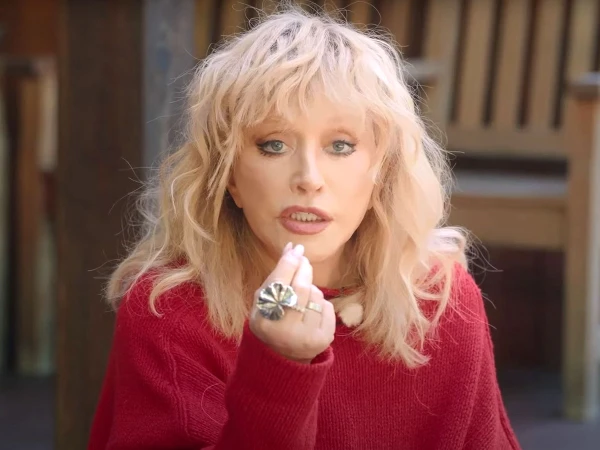


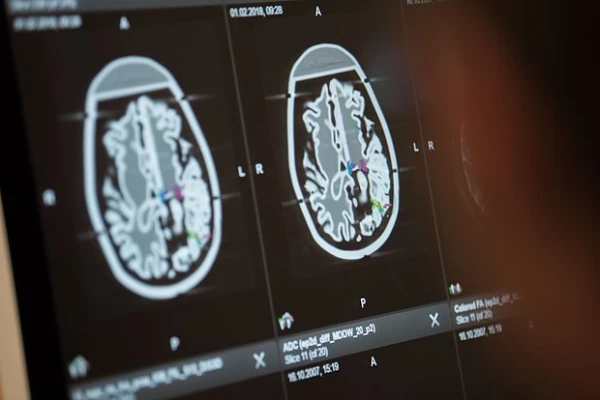


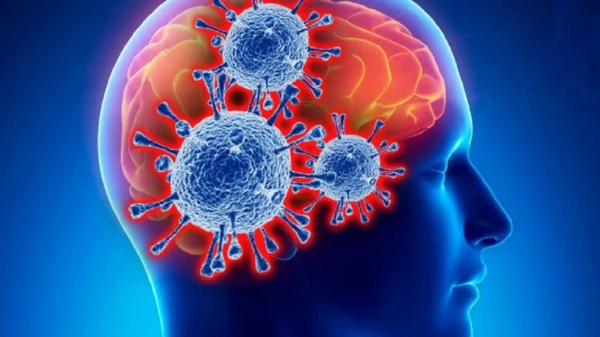
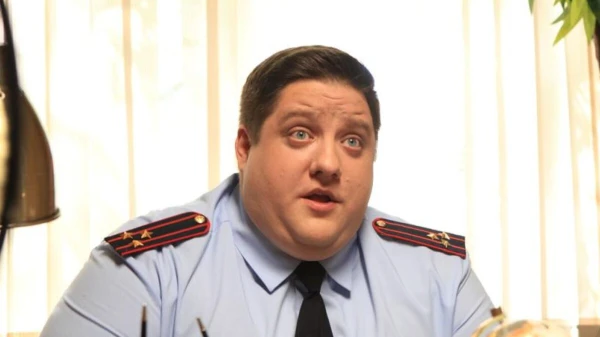
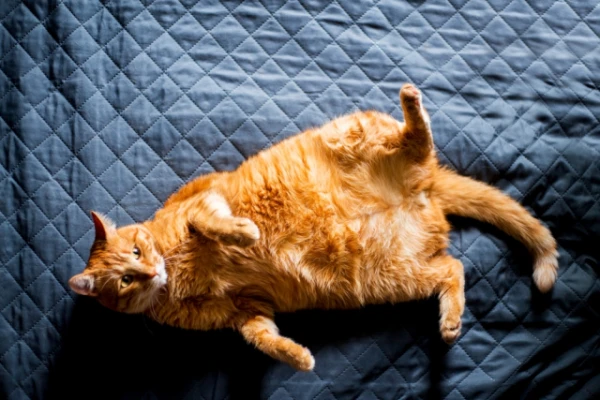





Leave a comment